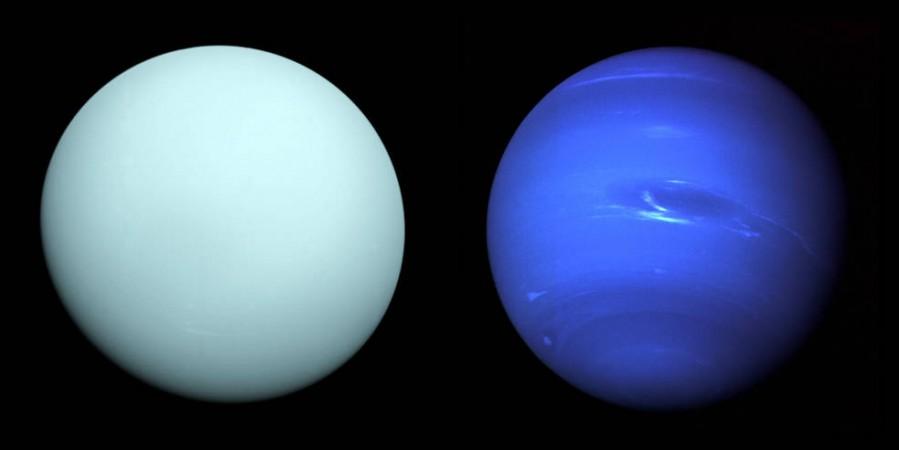
A new study exploring the "ice giant" planets, Neptune and Uranus, has been sponsored and initiated by NASA.
Also Read: Scientists discover a pulsar wind nebula
This is the first mission conducted in the support of the next Planetary Science Decadal Survey. NASA would use the results of this as well as the future studies for the Decadal Survey deliberates on NASA's planetary science priorities from 2022-2032, a press release from the US space agency revealed.
This study aims to carry out an ice giant mission and explore the ice giant planets, as well as the spacecraft and other instruments, flight-paths and technologies that could be used.
"This study argues the importance of exploring at least one of these planets and its entire environment, which includes surprisingly dynamic icy moons, rings, and bizarre magnetic fields," said Mark Hofstadter of NASA's Jet Propulsion Laboratory in Pasadena, California, one of the two co-chairs of the science team that produced the report. The European Space Agency (ESA) also participated in the study.
So far, NASA's Voyager 2 is the only spacecraft to visit Uranus and Neptune in 1986 and 1989 while it was flying by Jupiter and Saturn.
"We do not know how these planets formed and why they and their moons look the way they do. There are fundamental clues as to how our solar system formed and evolved that can only be found by a detailed study of one, or preferably both, of these planets," said co-author Amy Simon of NASA's Goddard Space Flight Center in Greenbelt, Maryland.
According to the revelations made by a NASA statement, discussions regarding orbiters, flybys, and probes were made in the study, which would explore Uranus' atmosphere and composition. The data regarding the ice giants and their moons accumulated by a narrow-angle camera would be transmitted to Earth. Uranus got 27 known moons and Neptune got 14.
Collectively, Uranus and Neptune are referred to as ice giant planets. In spite of that name, relatively little solid ice is thought to be in them today, but it is believed there is a massive liquid ocean beneath their clouds, which accounts for about two-thirds of their total mass, a NASA statement revealed.
This makes them fundamentally different from the gas giant planets, Jupiter and Saturn (which are approximately 85 percent gas by mass), and terrestrial planets like Earth or Mars, which are basically 100 percent rock. It's not clear how or where ice giant planets form, why their magnetic fields are strangely oriented, and what drives geologic activity on some of their moons. These mysteries make them scientifically important, and this importance is enhanced by the discovery that many planets around other stars appear to be similar to our own ice giants.
It is now up to the next decadal survey to recommend science priorities for NASA for the next decade. NASA will then determine if and when to fly a mission that is responsive to those priorities.

















